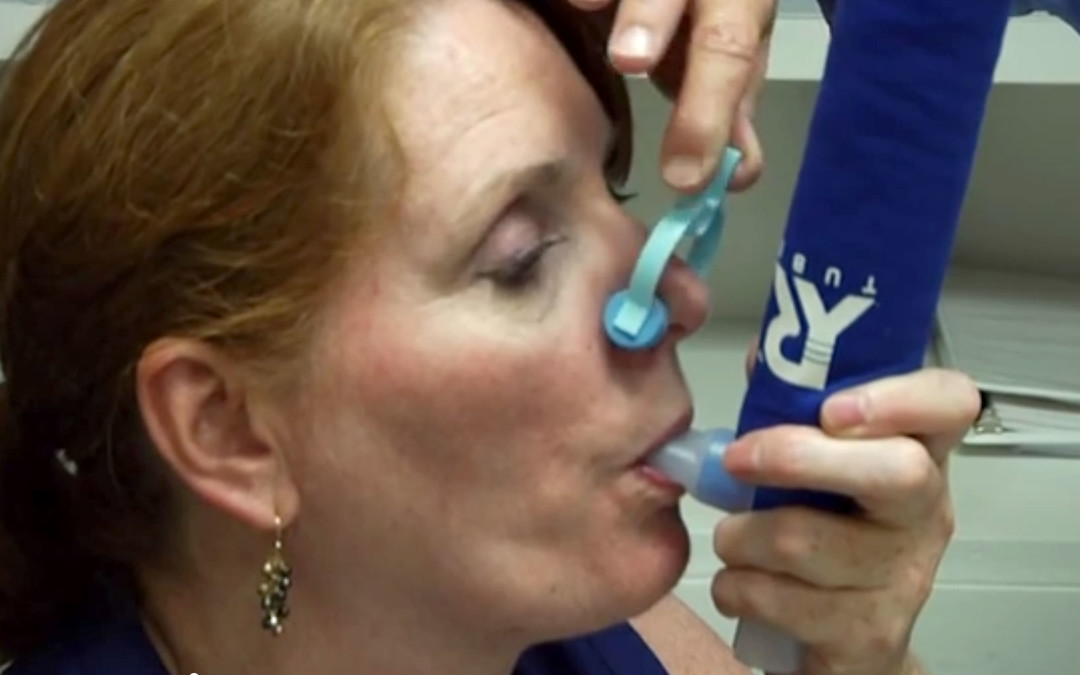Breath collection, as simple as it is, still needs to be explained to your study subjects to help them feel comfortable with the procedure. This is easy enough in an intimate quiet setting. But how about in the field? And what if you have hundreds of subjects all coming in together?
Show a video! This is exactly what a research team from Tulane and The University of South Carolina did. Their task was to monitor the lung health of residents of Graniteville, South Carolina, following the explosion of several rail tankers filled with chlorine gas. Field work has enough challenges already, and putting together a communication strategy can help with enrollment, reduce drop-outs, and improve compliance with the protocol.
The linked video tweeted by Ms. Bevington was very well done and Erik Svendsen, the PI of this study, has kindly allowed me to share it with you. In it they explain how they will collect breath condensate, what biomarkers they are looking for, and what these markers may mean in terms of the lung health of the study subjects. I’m sure somebody still had questions but the overall message was simple, caring, and complete.
My thanks again to the research teams at Tulane and The University of South Carolina for sharing their work.
